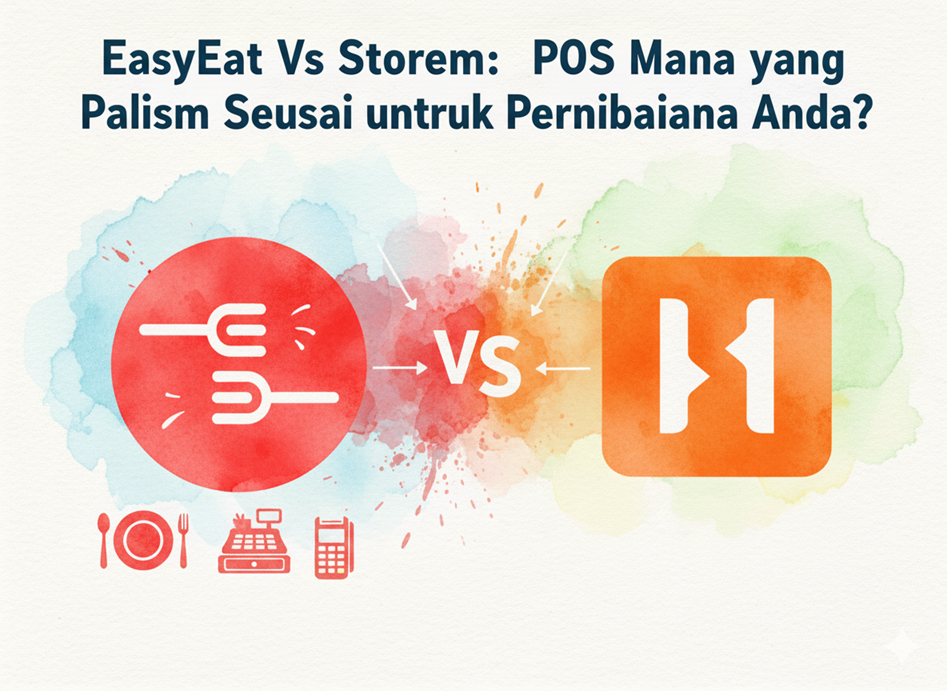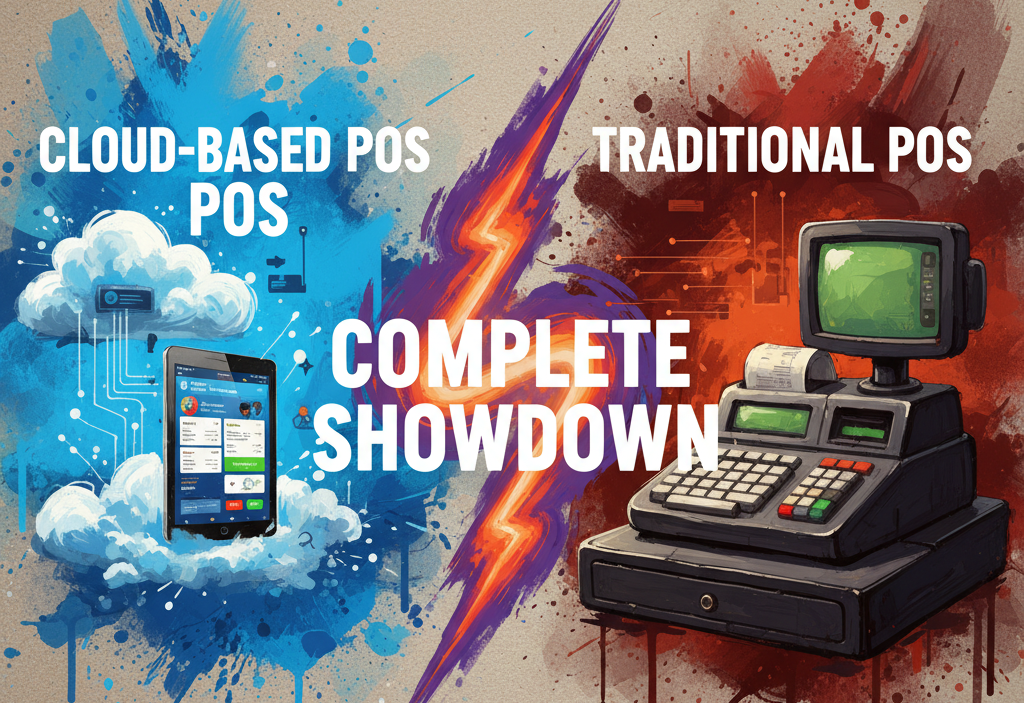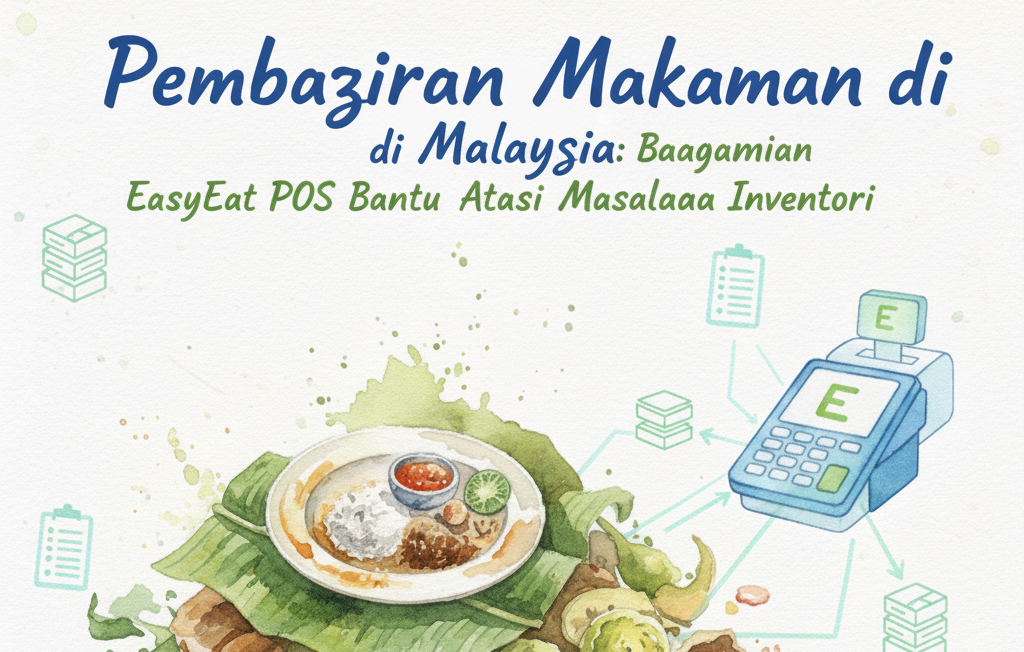Setting the right prices for menu items is a crucial aspect of running a successful restaurant. Dynamic menu pricing, also known as demand-based pricing, is a strategy that allows restaurants to adjust prices based on various factors such as demand, time of day, season, and more. In this guide, we will explore the concept of dynamic menu pricing and how it can help restaurants maximize profitability.
Understanding Dynamic Menu Pricing
Dynamic menu pricing is a strategy where restaurants adjust the prices of menu items based on different factors. For example, during peak hours or busy seasons, prices may increase to capitalize on higher demand. On the other hand, prices may be lowered during slow periods to attract more customers. This flexible pricing approach allows restaurants to optimize revenue and adapt to changing market conditions.
Importance and Usefulness of Dynamic Menu Pricing
Dynamic menu pricing offers several benefits to restaurants. By leveraging data analytics and consumer behavior insights, restaurants can make informed pricing decisions to maximize profits. This strategy also helps in managing inventory, reducing waste, and improving overall operational efficiency. Additionally, dynamic pricing can help restaurants stay competitive in a crowded market by offering value to customers while maintaining profitability.
Types of Dynamic Menu Pricing
Time-Based Pricing: Restaurants can adjust prices based on the time of day, day of the week, or season. For example, offering happy hour discounts during slow periods or increasing prices during weekends.
Demand-Based Pricing: Prices can be adjusted based on demand levels. For instance, raising prices for popular items during peak hours or events.
Promotional Pricing: Restaurants can run limited-time promotions or discounts to attract customers and boost sales.
Variable Pricing: Prices may vary based on factors such as ingredients cost, labor expenses, or external factors like weather conditions.
In conclusion, dynamic menu pricing is a powerful tool that can help restaurants boost revenue, attract customers, and stay competitive in the industry. To implement dynamic pricing effectively, restaurants should invest in technology solutions that enable real-time pricing adjustments and monitor market trends. By staying agile and responsive to changing market conditions, restaurants can optimize profitability and enhance customer satisfaction.
Consider implementing a dynamic pricing strategy based on your restaurant’s specific needs and goals.
Explore technology solutions like pricing software or POS systems that support dynamic pricing capabilities.
Monitor key performance indicators and customer feedback to evaluate the effectiveness of your pricing strategy.
Remember, mastering dynamic menu pricing is an ongoing process that requires continuous refinement and optimization. By staying informed about industry trends and consumer preferences, restaurants can create a pricing strategy that drives success and growth.



